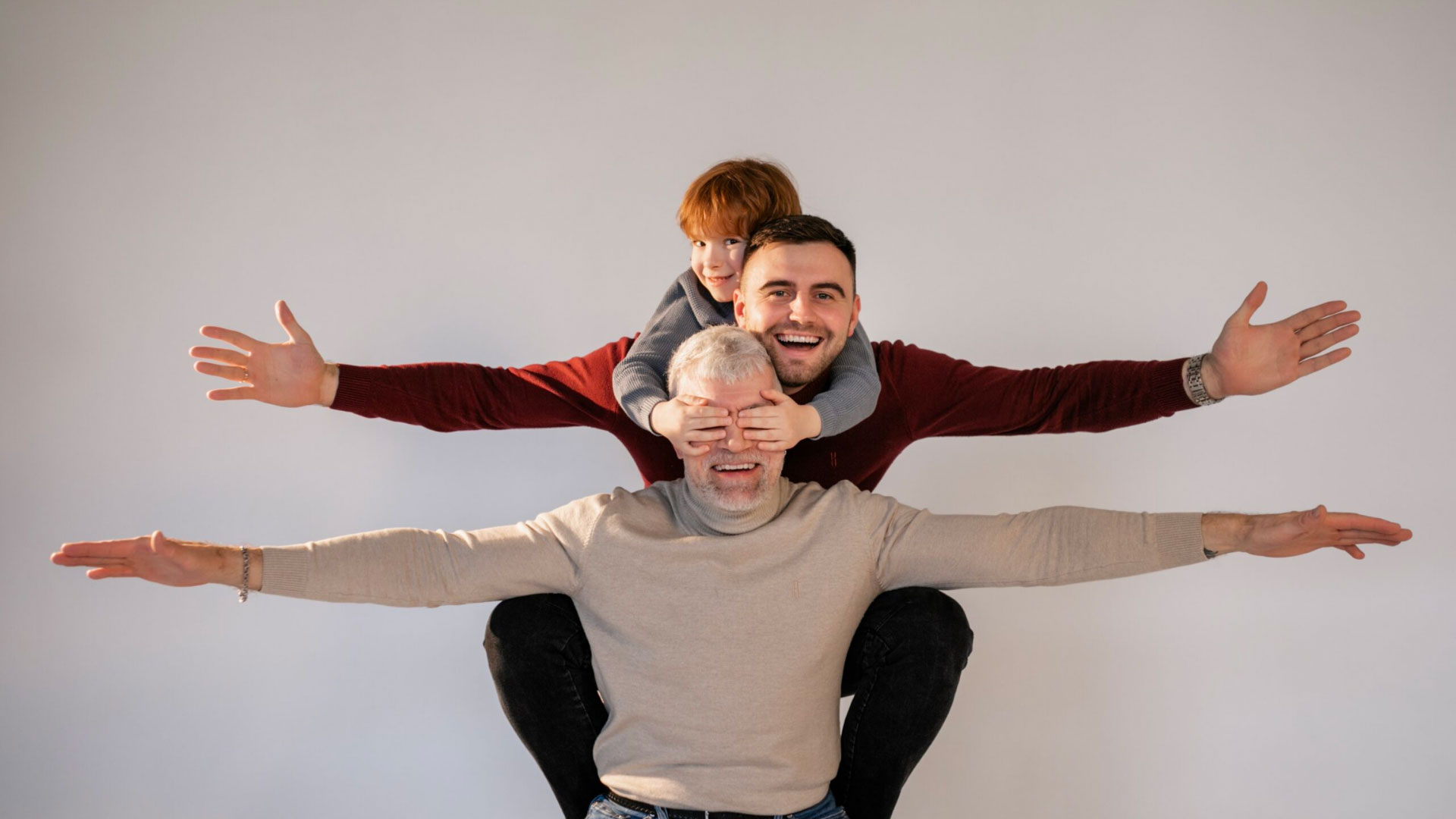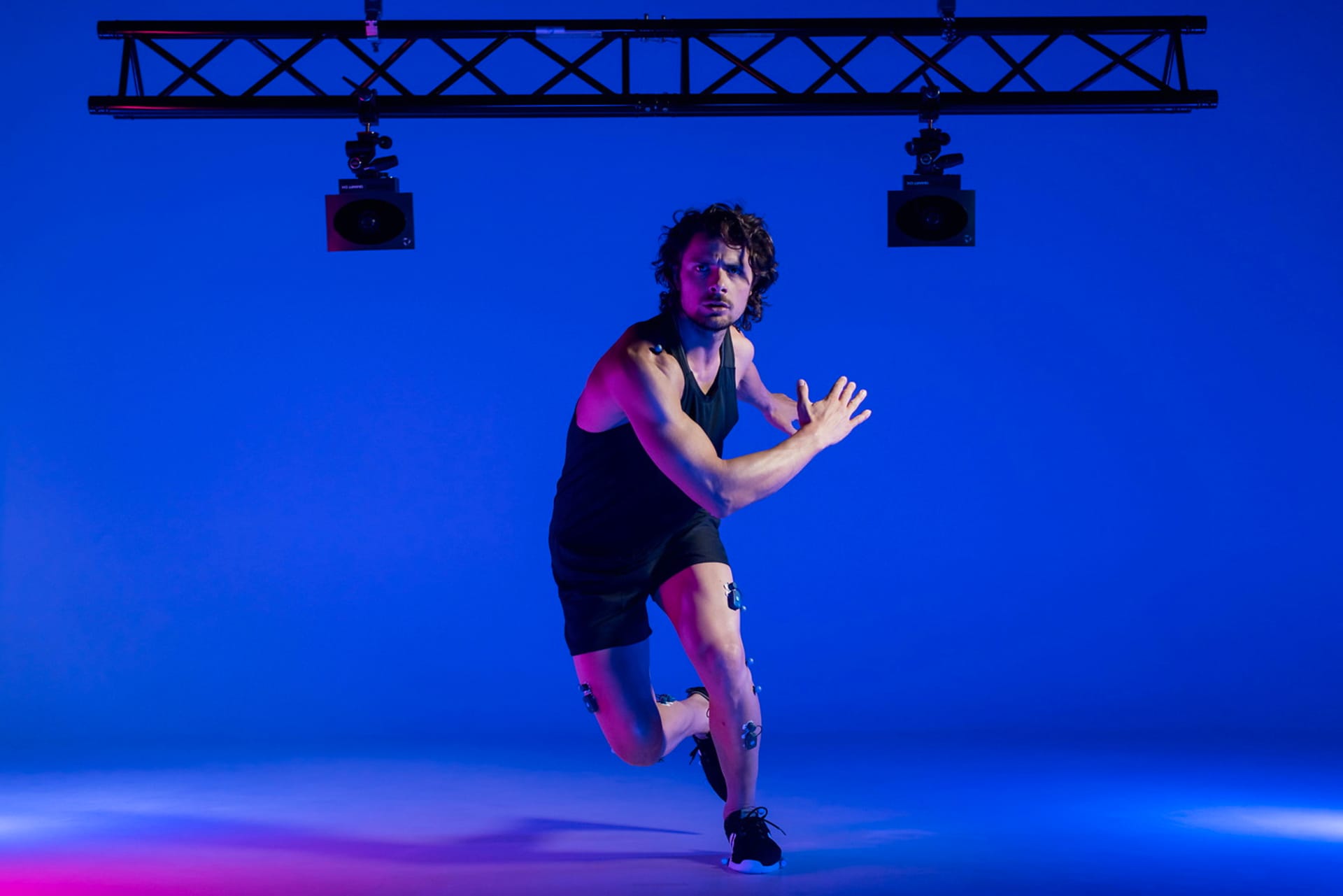Keep moving to prevent falls

Author: Martina Palmieri – Editorial curator: Cristina Gallelli
What really keeps us upright and balanced?
There are those who talk about the center of gravity, some about the exchange of forces and some others about proprioception, but the real answer to this question is still a big skein to unravel for the human body scholars.
People are unaware of the effort amount the human body has to put in place to stand upright and react to external stimuli that can undermine its stability.
When this does not happen, in fact, it occurs what the researchers call “an unexpected event occurs in which the participant finds himself […] on any support surface at a lower level” (1): what we more commonly call “fall”.
An increasingly common problem
The loss of balance can lead anyone to fall, but when it comes to an elderly person it becomes a very serious problem, so much so that we talk about “fall risk“.
Due to aging, decreased motor skills, together with an inevitable bone weakening, people are more likely to fall, with increased severity of the short and long-term consequences.
Furthermore, if we take into account the demographic data of the population global aging, we have a scenario in which the fall risk prevention is no longer only desirable, but becomes essential.
We know balance is the result of an intricate synergy of various factors, all of which cannot be listed with precision at the moment. Therefore, in order to be able to implement an effective prevention strategy, it is necessary to intervene simultaneously on as many aspects as the parties involved are. Among these, in particular, the recent developments on improving muscle stability stand out: being able to maintain a certain degree of motor activity and training allows you to reduce muscle fatigue which has been shown to be one of the factors that can cause a fall. To mention a specific example, Senefeld and colleagues, in their study (2), demonstrated a strong link between loss of balance and greater fatigue of the knee extensor muscles.
Training is excellent prevention
Arranging appropriately planned and structured training sessions to ensure a certain tone and muscle strength of the lower limbs must be one of the main points of an effective preventive strategy. A recent research work (3) has subjected a group of subjects sensitive to fall risk to sixteen weeks of training, alternating endurance exercises with other functional ones. By using surface electromyography for the duration of the investigation, it was possible to monitor a progressive decrease in the fatigue of the rectus femoris and hamstring muscles, both of crucial importance for being able to stand up.
The contribution that electromyography technology provides, therefore, has made it possible to demonstrate the benefit that a degree of daily muscle activity has on the muscles’ health. This, together with other targeted preventive interventions, can promote a reduction in an all-round fall risk.
References
[1] Lamb, Sara E., et al. Development of a common outcome data set for fall injury prevention trials: the prevention of falls network europe consensus. American Geriatrics Society. 2005, 53. [2] Age differences in dynamic fatigability and variability of arm and leg muscles: associations with physical function. Senefeld, Jonathon, Yoon, Tejin e Hunter, Sandra K. 2017, Experimental Gerontology, p. 74-83. [3] Effects of exercise and whey protein on muscle mass, fat mass, myoelectrical muscle fatigue and health-related quality of life in older adults: a secondary analysis of the Liverpool Hope University – Sarcopenia Ageing Trial (LHU-SAT). Kirk, Ben, et al. 2020, European Journal of Applied Physiology, p. 493-503.











